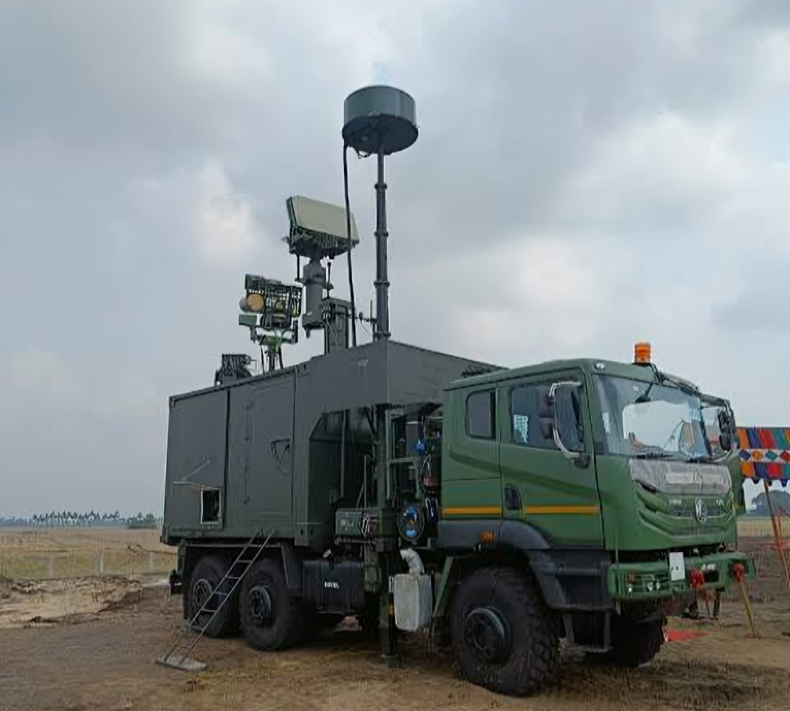The Indian Army has taken a major step toward enhancing national security and self-reliance by issuing Requests for Information (RFI) for the development and procurement of indigenous counter-drone systems under the Make in India initiative. These RFIs, aligned with the Defence Acquisition Procedure (DAP) 2020, target two key platforms—the Manpack Counter Unmanned Aerial System and the Ground-Based Counter Unmanned Aerial System—reflecting the growing need to address drone-related threats in today’s evolving warfare landscape.
This move follows recent drone conflicts between India and Pakistan, marking the first time both nations used UAVs at scale during a brief but intense four-day military engagement earlier this month. A Reuters report dated May 27 emphasized the heightened role of drones in that conflict, which has triggered urgent procurement actions. India has committed approximately $4.6 billion in emergency military spending, with around $470 million expected to be channeled into counter-UAV technologies over the next two years, according to the Drone Federation of India.
Two Indian firms, Bharat Electronics Limited (BEL) and the startup Armory, are playing central roles in this technological push. BEL’s D4 System is a sophisticated, vehicle-mounted counter-drone platform designed for real-time tracking, detection, and neutralization using both soft-kill (jamming) and hard-kill (kinetic) methods. Equipped with thermal imaging, optical sensors, and RF spectrum analysis, it offers robust defense against micro and small UAVs, especially in sensitive zones.
Armory, an emerging name in defense technology, has introduced SURGE, a domestically developed drone jammer. SURGE provides real-time signal interception, tracking, and neutralization, and is designed to compete with global leaders like DroneShield and Dedrone. The system adds momentum to India’s push for indigenous capabilities in the rapidly growing counter-unmanned aerial system (C-UAS) market.
The recent Operation SINDOOR further underscored the strategic necessity of homegrown technology. Conducted amid rising border tensions, the operation highlighted India’s reliance on its own defense industry to meet modern combat needs. Companies like ideaForge Technology, which has delivered over 2,000 drones to Indian forces, are enhancing their platforms with electronic warfare resistance, reinforcing India’s technological edge.
With drones now seen as potent, low-cost tools for surveillance and strikes, India’s accelerated development of counter-drone capabilities marks a timely evolution in its defense doctrine. Fast-tracked trials and acquisitions are being prioritized to overcome bureaucratic delays, ensuring frontline readiness.
As India deepens its investment in UAVs and counter-drone technologies, the collaboration between the Indian Army and domestic innovators reflects a broader national strategy of reducing dependence on foreign systems. The Aatmanirbhar Bharat initiative is thus not just a policy slogan but a critical pathway to securing India’s borders and future-proofing its military forces against next-generation threats.













